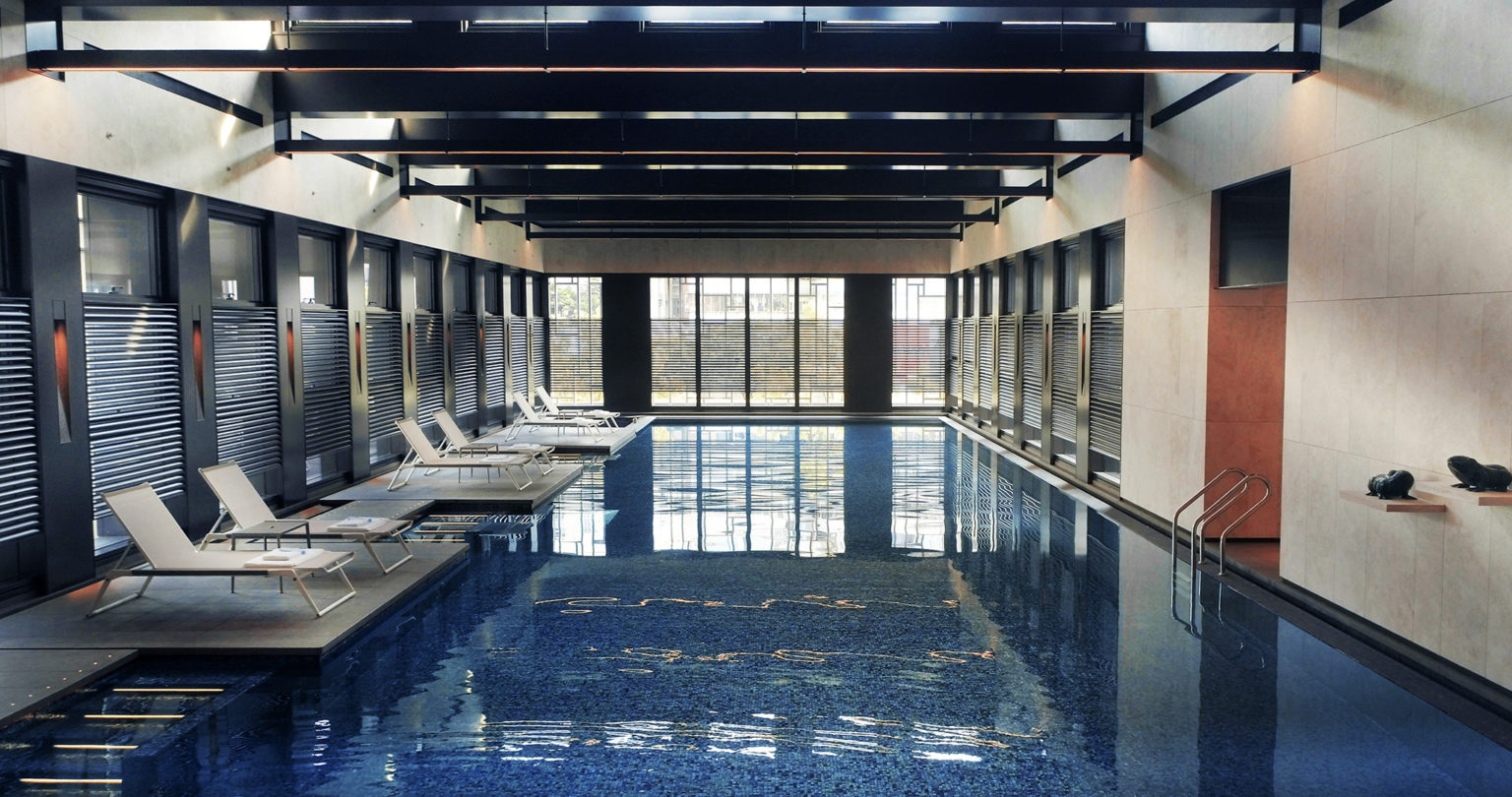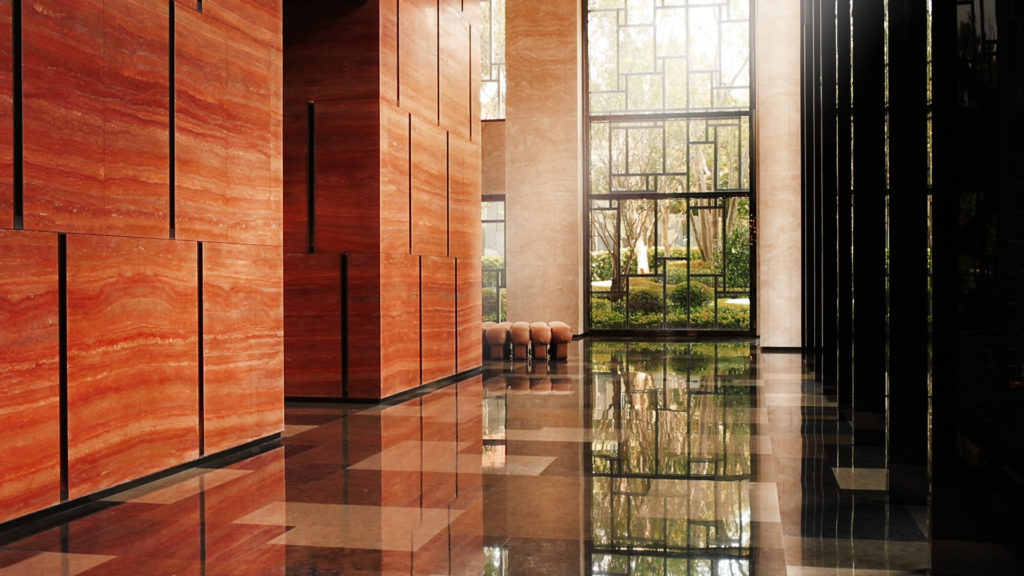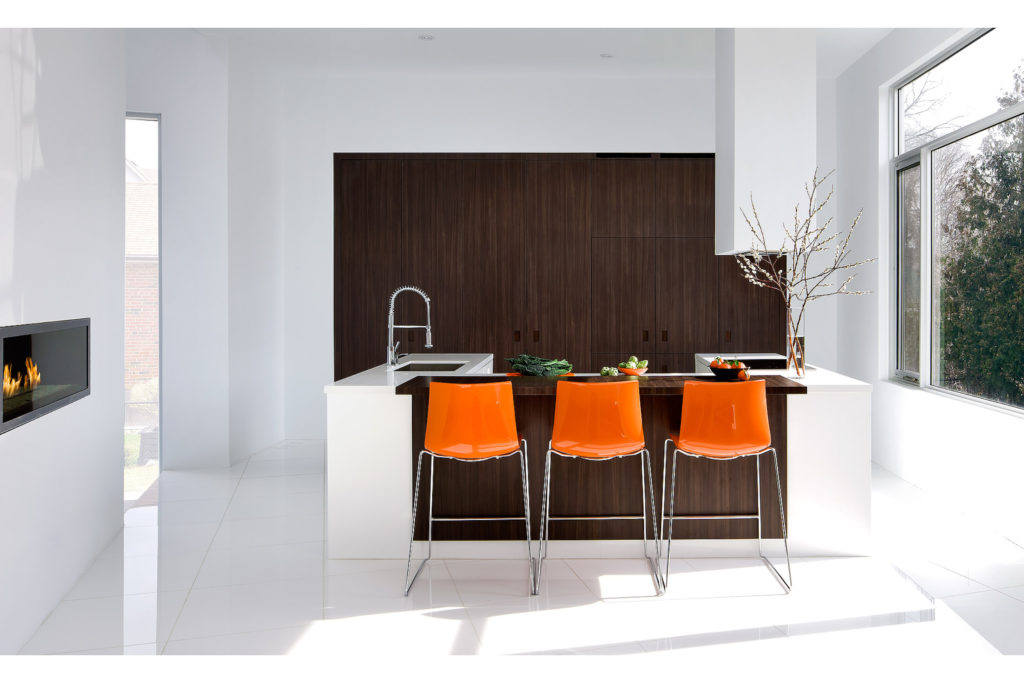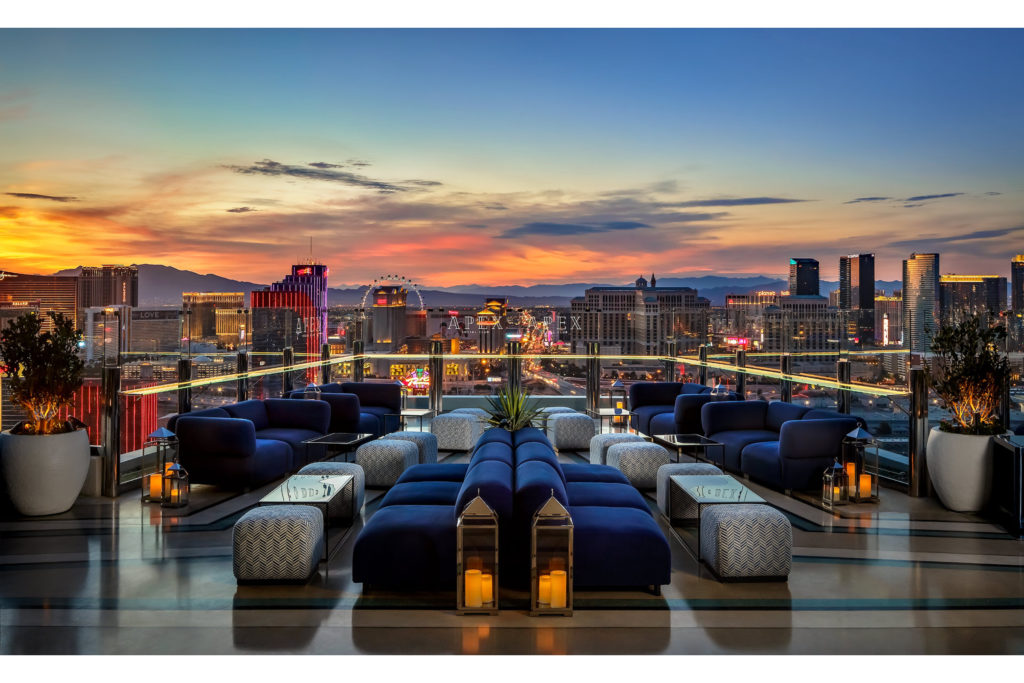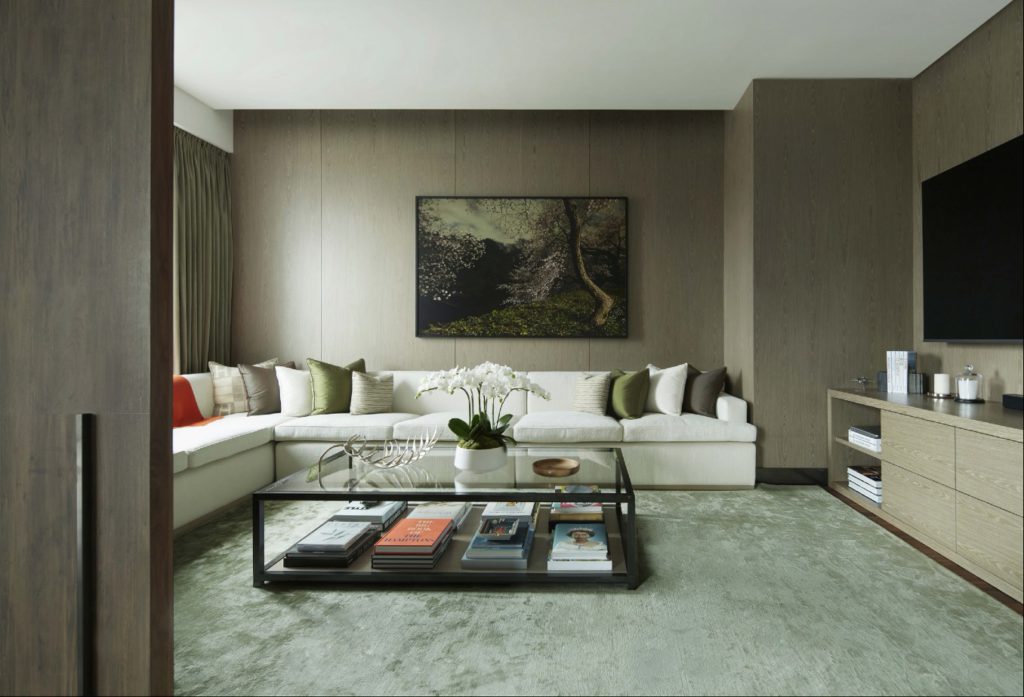Whether you are looking for a hotel to stay on your next trip, renting out a room, or posting photos of interiors on a review on google, we are often looking and assessing all kinds of interior photography on a regular basis. Until virtual reality becomes readily accessible (or teleportation becomes a norm), interior photographs and videos are one of the most effective ways to showcase a room without being physically present.
A good commercial interior photograph is both an art and science to create a picture that is not only aesthetically pleasing, but also provides an accurate representation of the space. So what does it take to make a good interior photograph?
1. Lighting for good interior photography
Lighting is one of the most important considerations in any kind of photography. Especially so with interior photography. Depending on the time of day, natural light can provide all sorts of different looks from tender cloudy mornings, to the vibrant cloudless afternoons. While natural light alone can get most of the job done, using strobes to highlight important features and improve general illumination will take the photograph to the next level.
Not only does the light have to look good, but it also has to convey the right emotions as well. For example a commercial for a beach villa meant for outdoor activities would look better in a sunny setting. Whereas a beach villa meant as a romantic getaway for couples would look better in dusk.
2. Optimal composition for good interior photography
The second most important consideration for good interior photography is the framing or composition of the shot. A good point of view will make the most of the space and the furnishings. Objects and furniture should be arranged and angled to fill the space and create points of interest in the photo. Every room is different and there is no one formula to follow for success.
One should experiment with different heights as well. A high angle shot would allow you to capture the entire interior. Whereas a shot from a lower angle would exaggerate the scale of objects and make the space appear more grandiose. Otherwise for a natural look, you can place the camera at eye level to give a natural representation of the room just as one would typically see it.
3. Consideration of colours in an interior photograph
Colour is another important factor for good interior photography. It is important for the colours to not only suit the space, but also convey the right moods with the associated colours used. For example, an analogous palette can be used to create a sense of serenity and harmony. Whereas using bold and contrasty colours can be used to enhance the vibrancy and energy of the space.
When photographing an interior that is part of a larger venue, maintaining a colour palette is important to create a sense of consistency between various spaces. It is important for the photographer to visualise the end result as a whole and adjust the positioning and lighting to get the desired results.
4. Highlighting features and details
It is the small details that truly makes good interior photography come alive. Prominent features should be bright and visible so it will naturally draw the eye in. This may include art deco furniture, textures of the walls, fabrics of the linens, or even the sheen of the floor. These are the details that will give viewers a sense of the materials used in the design and the feeling of the room.
5. Editing to bring an interior to life
Editing is an important step in creating a great interior photograph. While the computers are getting pretty good with detecting the subjecting and applying some appropriate filters, one has to edit the pictures to truly get the most out of the interior photograph. Image stacking is often used to blend indoor and outdoor exposures, or several strobes on key features to bring them into prominence.
Does the camera matter for interior photography?
Though a high quality dedicated camera might offer better resolution, colours, and the option to use specialised lenses with an interchangeable lens mount, it is not a vital part to create good interior photography. This is especially true if the pictures will only end up on simple sites and social media where they will be largely compressed and viewed on the tiny screen of mobile phones anyway.
That said, if one needs the best possible image quality for use with publication, a professional camera is an essential tool that cannot be substituted.
Why is it important to have good interior photographs?
Having good interior photographs is important because they are a visual representation of a space, showing potential customers and visitors the style, layout, and overall atmosphere at a mere glance. The photographs can be used for marketing and advertising, helping to attract customers with attractive and inviting photographs. Building trust and credibility with accurate photos. And finally create a unique brand identity with specially chosen visuals.
In a study done by TripAdvisor, listings with more photos tends to have more engagement than the ones with less or no photos at all.
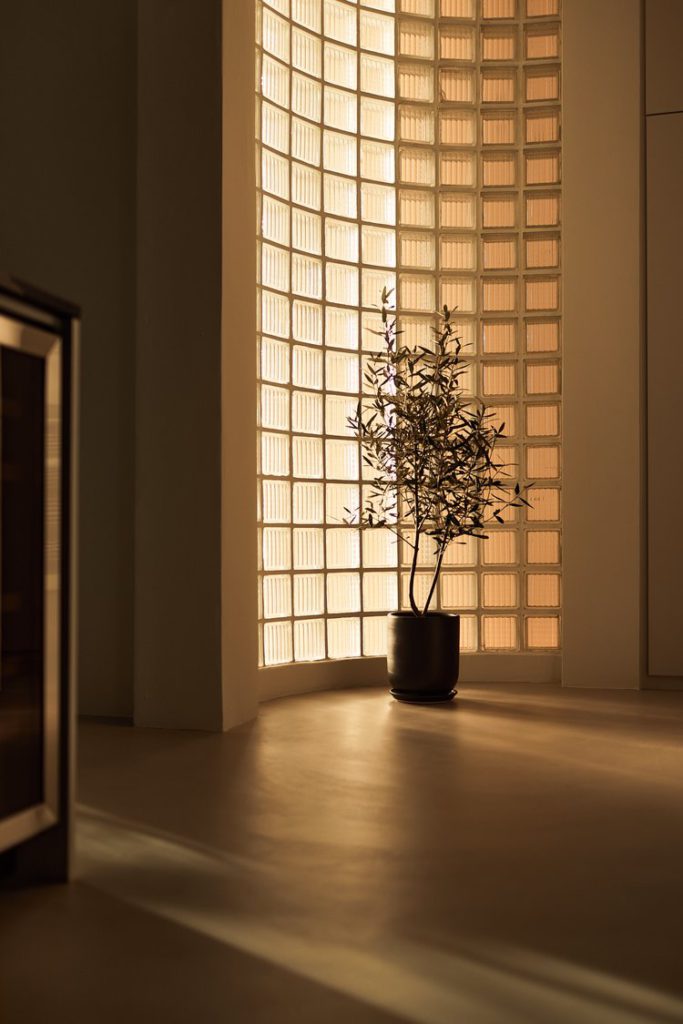
In the end, it is all about the person behind the camera
The most important factor is the person behind the camera. A good interior photographer has the artistry for detail and creative approach to capture a space and atmosphere of a three dimensional space into a two dimensional photograph. As well as the technical capabilities to use the camera equipment correctly and efficiently to accurately convey the space.They should also have the technical skills to use their camera equipment correctly and efficiently.
